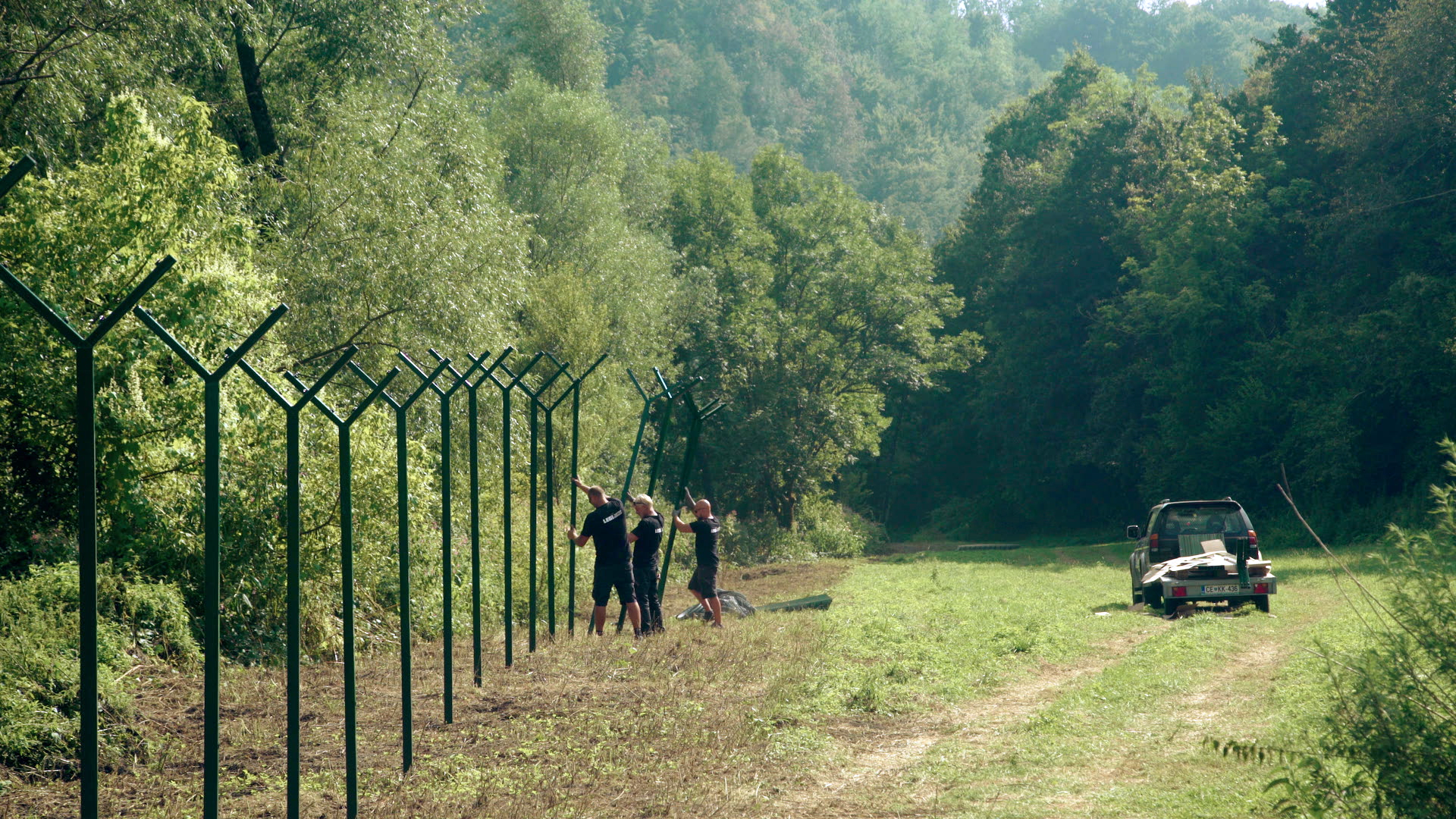The border

NORTHERN IRELAND – REPUBLIC OF IRELAND
Ferries, cargo, and fishing boats cross the lough, and in doing so cross the invisible border that separated two nations: Ireland & Northern Ireland. Northern Ireland is part of the United Kingdom, with England, Wales and Scotland, but is not physically connected to them. It shares a border only with the Republic of Ireland. The symbolic water between Ireland and Northern Ireland is deep on many levels. Northern Ireland is part of the monarchy and is Protestant. They pay with Pound Sterling and, as of the end of 2020, they are no longer part of the European Union anymore. Ireland is a republic and a Catholic country. The currency is the euro, they are part of the European Union and the Schengen Agreement.
The history is complex, but land ownership and religion play an ongoing role. The whole island of Ireland has been ruled by the English monarchy for centuries, but there has always been a lot of resistance from the Catholic side. Since the resistance was the biggest in the north of the isle, many English and Scottish farmers were motivated to move there and to enlarge the Protestant influence. It was not until 1919, after many bloody protests, that Ireland regained its independence, except for Northern Ireland. This didn’t bring the explosive situation to an end. Since then, moments of fragile peace have alternated with periods of civil war. The different views seem incompatible: Unionists, Irish nationalists, republicans, all have different opinions on who should rule the land. While travelling between Ireland and Northern Ireland, the border is barely visible. The currency used and the roaming costs on the mobile phone bill are good indicators. One thing the North and South have in common for sure: the unpredictable weather.





